Ten years since Catalonia's 2014 independence vote
On November 9, 2014 over 2.3 million people voted in first massive and government-organized ballot
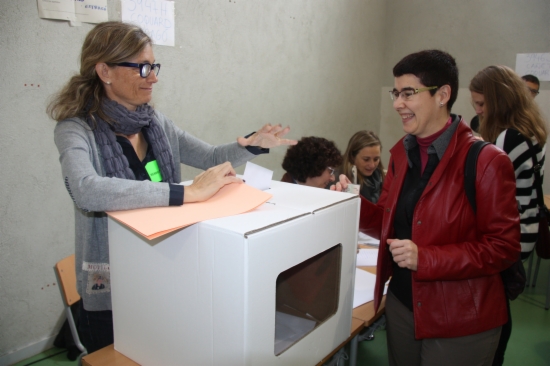
"We must return to the reality and have shared goals," David Fernàndez, former far-left CUP MP and leader, told the Catalan News Agency (ACN) ahead of the 10th-anniversary of the 2014 independence vote.
On November 9, 2014, over 2.3 million people went to the ballots to cast their vote in a non-binding referendum with two questions. A vote that came after years of massive pro-independence demonstrations and a Spanish government under People's Party Mariano Rajoy's 'let the vote be.'
Fernàndez's statement is in reference to the current political situation where the independence push is not as strong as it was in the previous years.
The 2014 self-determination vote was held after the center-right Catalan nationalist party Convergència i Unió agreed with pro-independence left-wing Esquerra Republicana and far-left CUP, as well as with pro-union Socialist and Iniciativa per Catalunya-Verds (ICV) what are now Comuns Sumar.
Convergència is the parent of the current pro-independence Junts party.
At the time, the party's leader, Artur Mas, was also the Catalan president, who, after a large pro-independence demonstration in Barcelona on September 11, 2012, called on a snap election. That poll was the governmental starting point of the November 9, 2014 non-binding referendum.
Listen to our Filling the Sink podcast to learn more about the 2014 self-determination vote.
Initially, it had been framed as a referendum, but Spain's government and judiciary deemed the vote illegal, prompting many judicial consequences such as fines and rulings.
November 9's event "can be named as people want to name it, but it is not a referendum, nor a poll, nor nothing that similar to," Mariano Rajoy, at the time Spain's PM, said. He was the leader of the People's Party and had an absolute majority in Congress.
Despite his statement, the approach was completely different from that seen in 2017 when hundreds of Spanish police officers were deployed to Catalonia to stop the October 1 independence referendum.
Two questions
November's vote had the support of many pro-independence and pro-union parties who wanted Catalonia to have a different relationship with Spain, like Germany's federal system. Because of the disparity in opinions among political groups, organizers proposed two questions in ballots for everybody to back the vote.
The first question was 'Do you want Catalonia to be a state?' which could also target those who wanted the territory to remain within Spain but with a different approach. If the answer was 'Yes,' a second question would follow: 'If so, do you want this state to be independent?.'
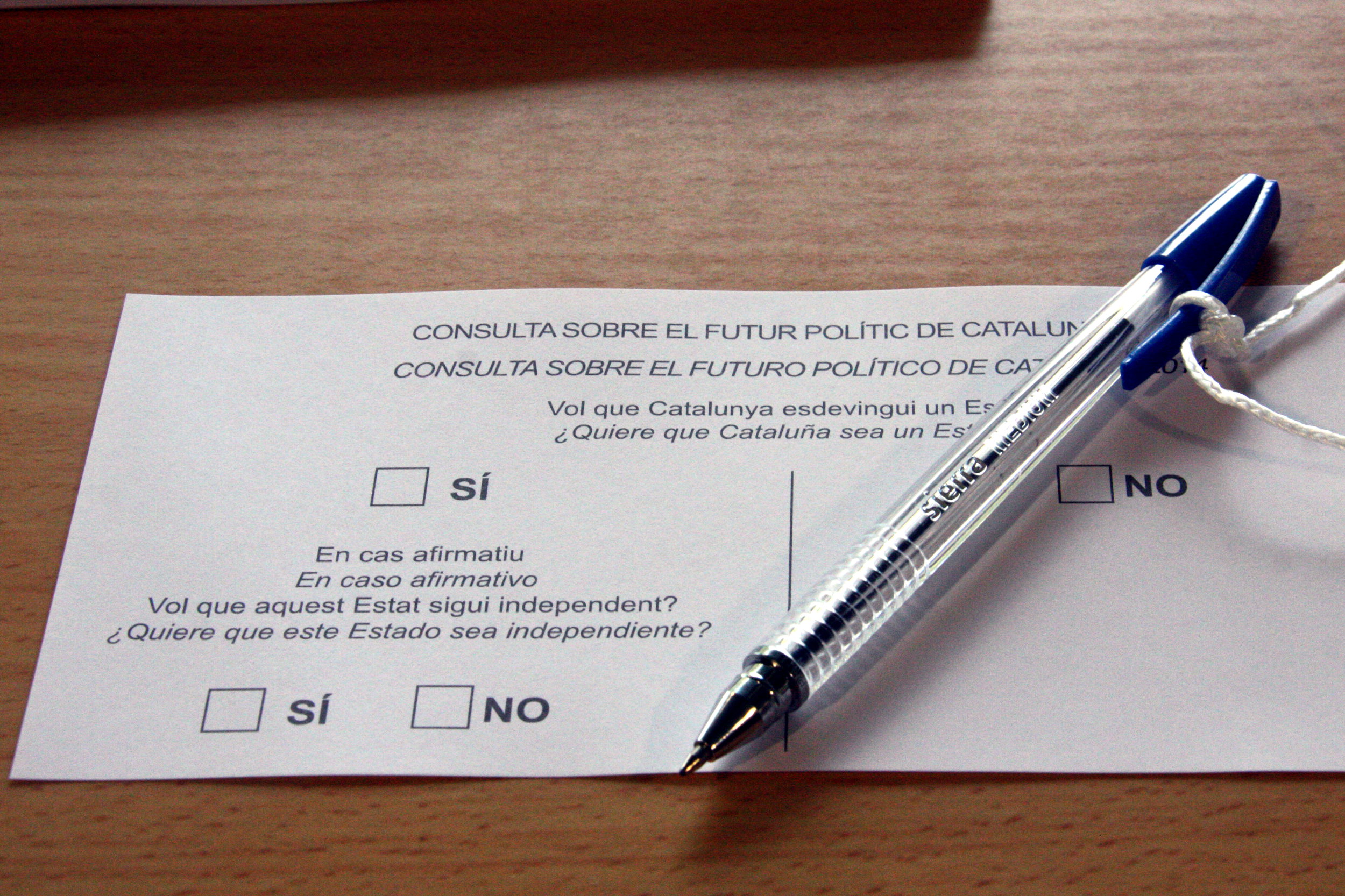
Of those who took part, 2.3 million people, 80.8% supported the Yes-Yes option, followed by 10.1% with the Yes-No, and around 4.5% against Catalonia becoming a state. Around 5.5 million people were eligible to vote, with a turnout of around 40%.
"I vote for my children, grandchildren, and great-grandchildren," Leonor Parés, an 85-year-old voter, told the Catalan News Agency (ACN) back on November 9, 2014. She wanted her descendants to live in a "better" Catalonia.
"We are very excited to vote, as we have to be independent and we are fed up with Spain's government," Francesc Carol told ACN on the same day after casting his ballot.
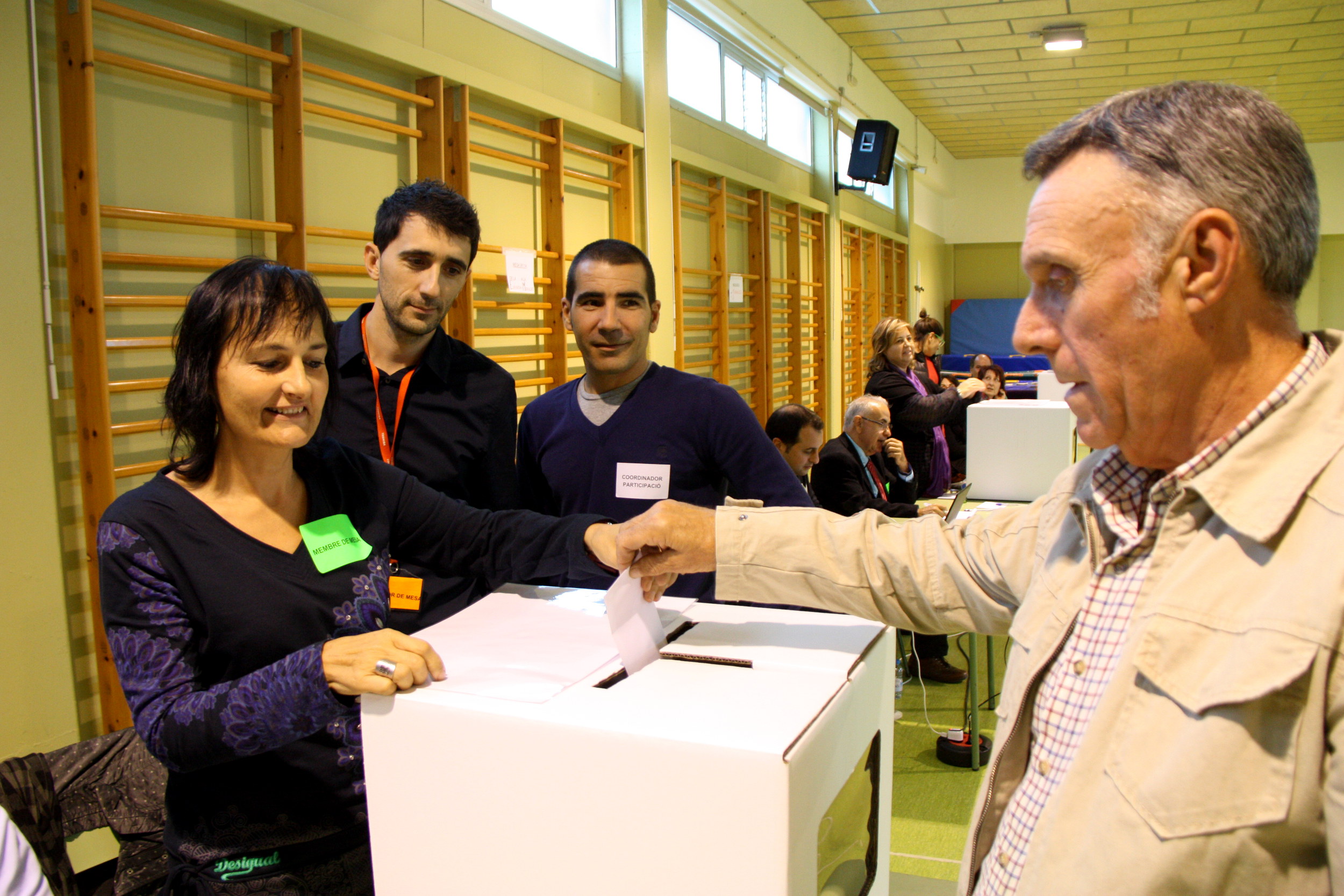
"Today is the first day I can vote, and deciding between independence or not is something I like as I can freely express my feelings, and we all have a right to vote," Marta Baldellou, a resident in Lleida, who just turned 18 years old, told back then.
These are just some of the thousands of people who voted, but among the main faces of the non-binding referendum were politicians Artur Mas, ERC's Oriol Junqueras, and CUP's David Fernàndez.
Decade-long memory
As seen from perspective, the 2014 vote evolution is completely different from what happened three years later on October 1, 2017.
However, those main politicians, such as Artur Mas, stated that the vote was "the first step in order to implement Catalonia's right to decide on its future," as he told Catalan News leading up to the 10th anniversary.
"Catalonia is a nation, and all nations in the world have the natural right to decide on their political future," he added.
Mas remembers that day with "pride" but also with a big "challenge" as the independence push grew and grew by the day before it peaked in 2017.
Looking into the future, however, Mas believes that Catalonia has already "proved that we know how to organize a vote, but what we are missing is to be an independent state."
"Although, such conditions are not yet met," he concluded.
A message shared by David Fernàndez, leader of anti-capitalist CUP back then, who also believes that the "path forward is a massive democratic movement," and regardless of the last Catalan election results where the Socialists won, "pro-independence parties continue to be the main political force combined in parliament, without a majority, but still the largest one."
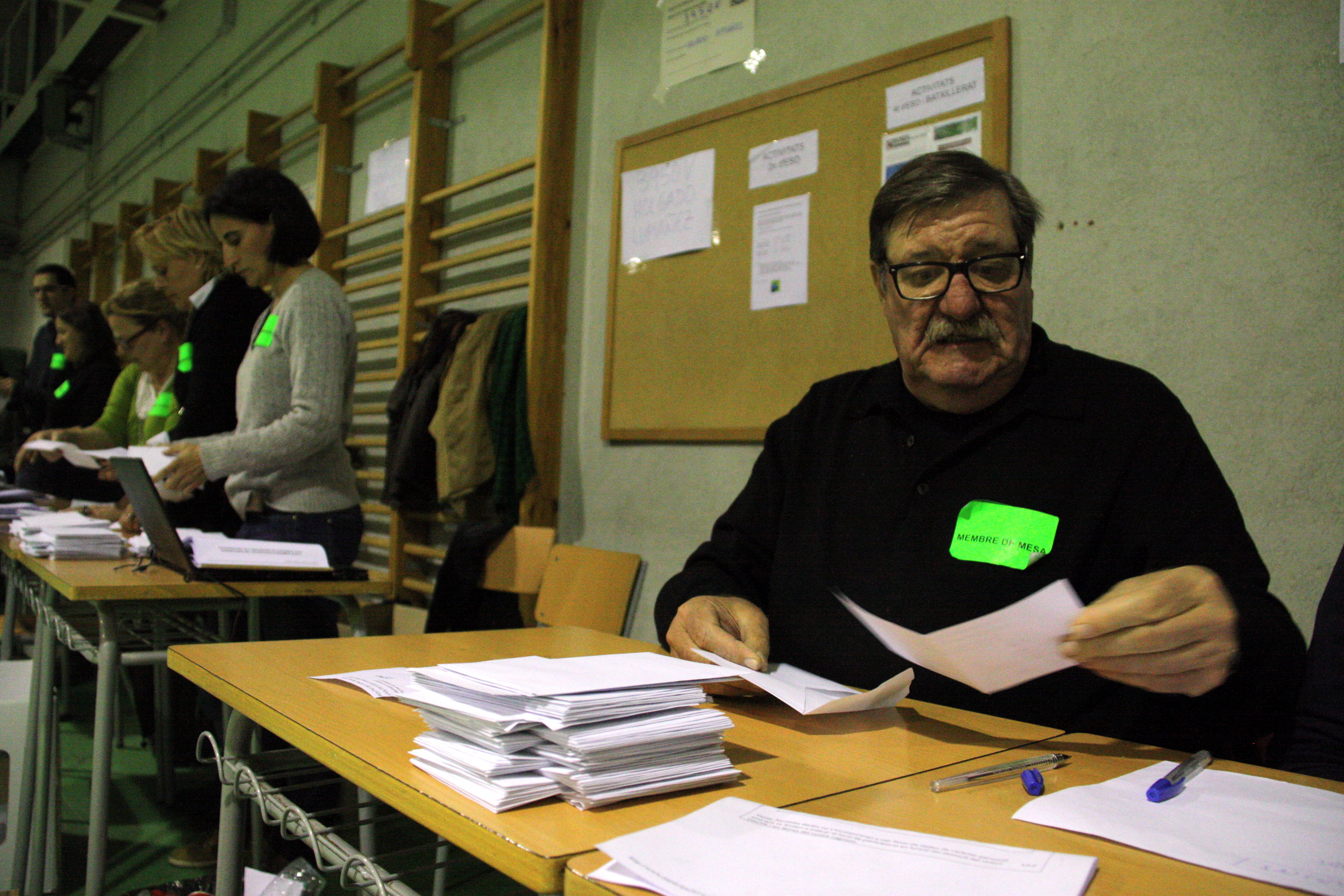
Arenys de Munt
November 2014 was the first massive and government-organized independence vote after many had already taken place across Catalonia.
The first one was in Arenys de Munt, an hour north of Barcelona, on September 13, 2009, when dozens of residents massively voted in favor of independence.
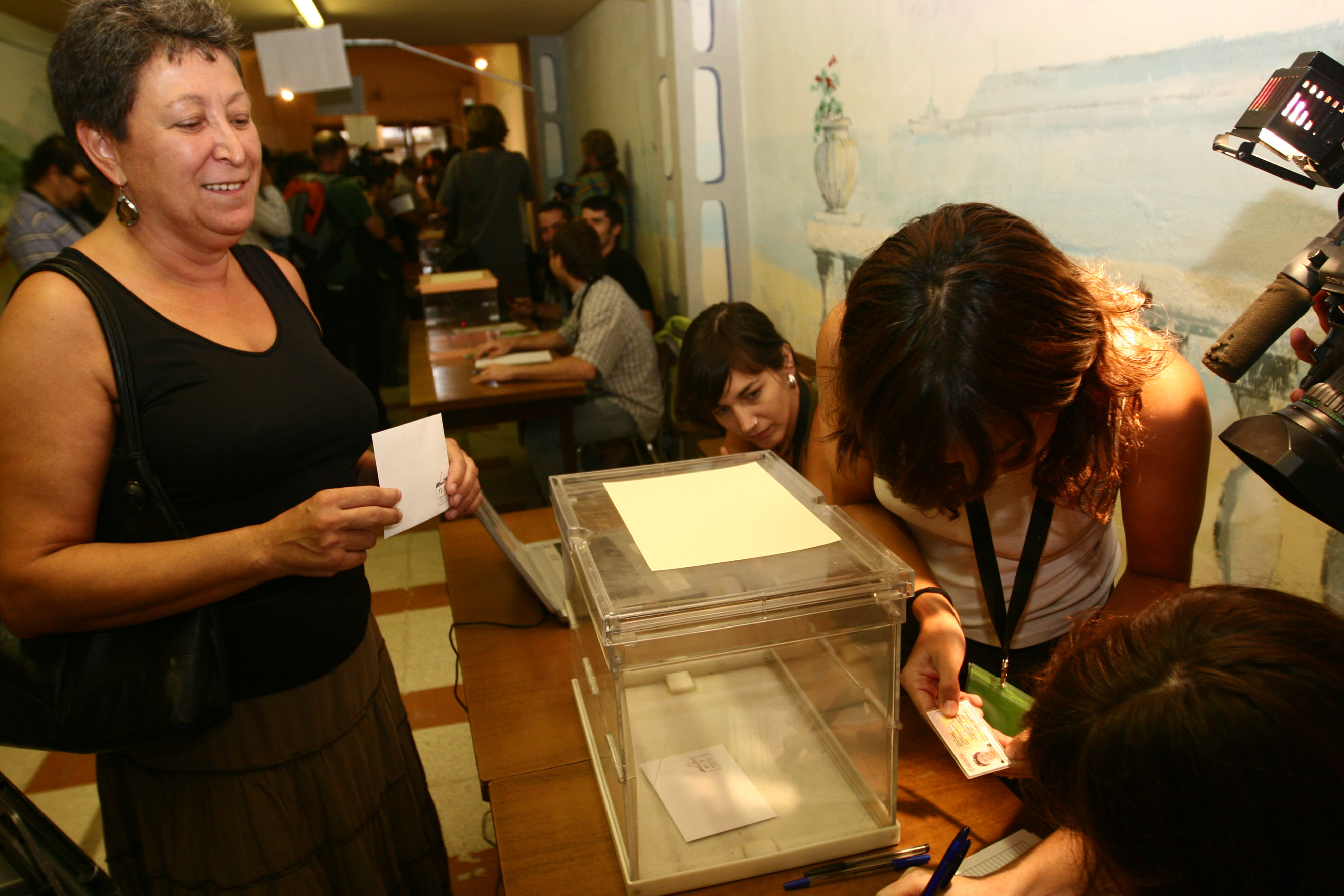
Although, at the time, the Arenys vote organizers did not know that the event, which took place in a town with a modest population of 8,000, arguably marked the beginning of the next decade’s push for independence, with many other towns following suit.
Back then, all residents over the age of 16, regardless of origin, were allowed to participate in the non-binding vote. 41% of those eligible ended up voting, of which 96% cast their ballots in favor of independence and 2.5% against it.
Junts pel Sí
Years after the Arenys' ballot, Catalonia saw the first massive independence vote in 2014. Despite being non-binding, as former president Artur Mas recalls, the result prompted another snap election planned as a plebiscite on self-determination.
The election took place on September 27, 2015 with the major pro-independence parties (Convergència and Esquerra) running in a joint candidacy with many civil society groups named 'Junts pel Sí' (Together for Yes).
The party won 62 out of the 135 MPs in the Catalan parliament, but despite Artur Mas was plan to be reelected as president, he did not have enough support as far-left CUP did not back him in his presidential bid.
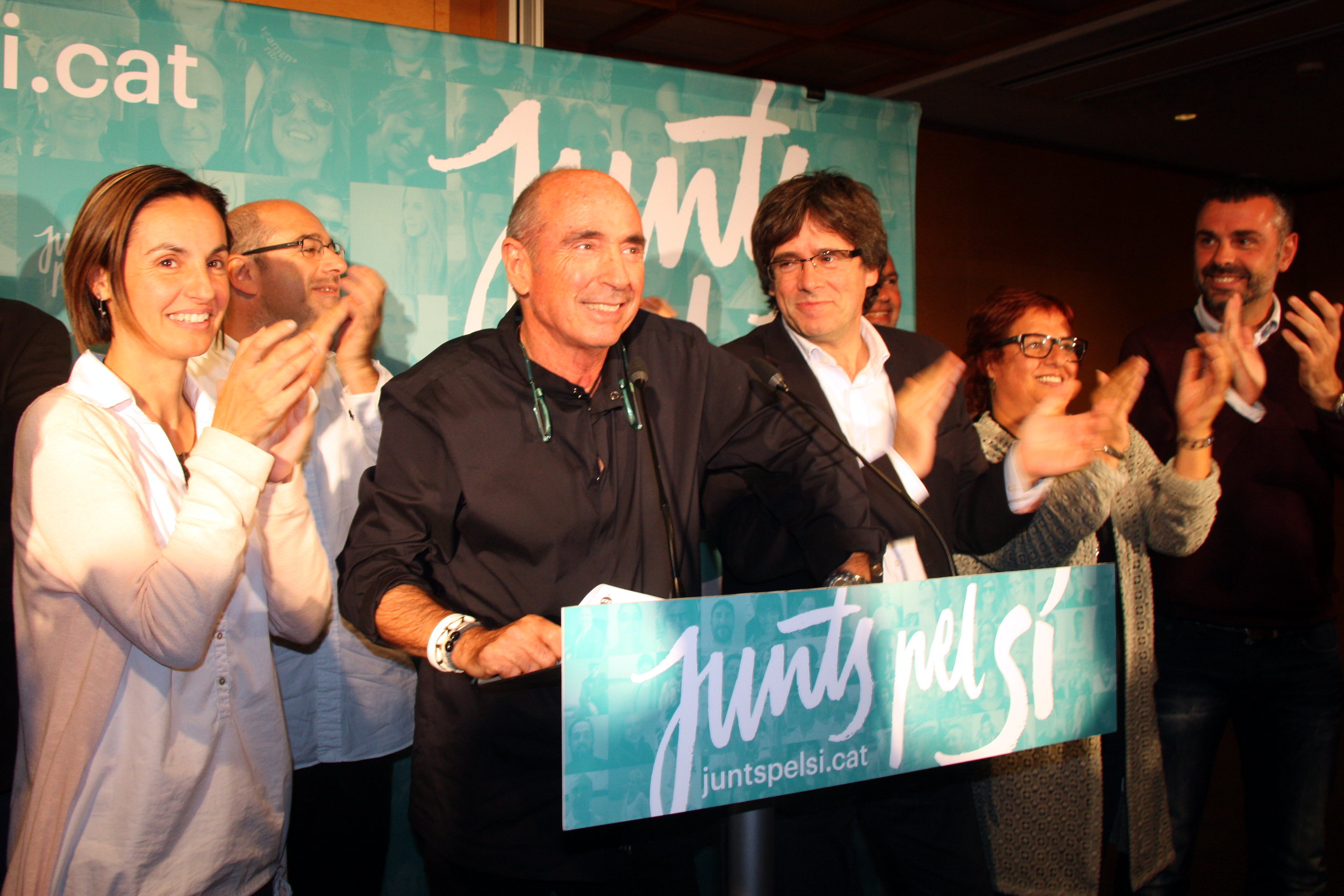
When the clock was ticking, and just hours were left before an automatic snap election was called, a new candidate was named two months after the first presidential bid debate. He was not very well known outside of politics and the municipality of Girona, as he was the mayor of the northern city.
His name, though, became well known in the future years. He was Carles Puigdemont.
After Puigdemont took office, his cabinet worked towards one objective: the 2017 independence referendum, a vote deemed illegal by Spain that, as opposed to the 2014 ballot, Spanish authorities heavily attempted to stop it from taking place.